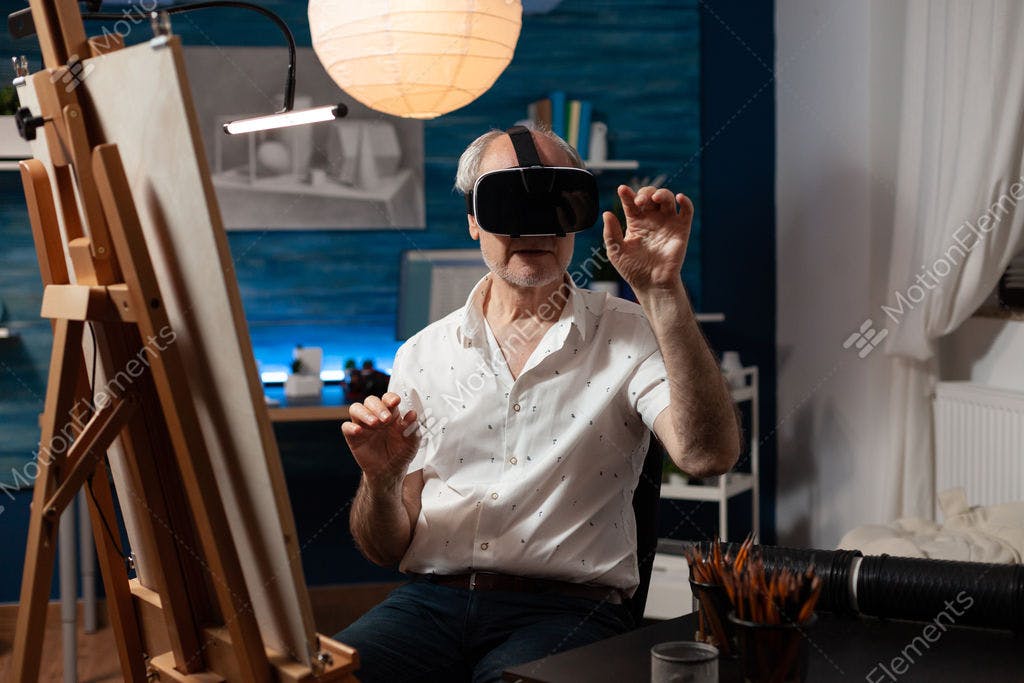Virtual reality (VR) has revolutionized technology and game design, offering immersive and interactive experiences. VR tools include headsets, controllers, and specialized software. The impact of VR on game design has led to fully immersive 3D environments, innovative gameplay mechanics, and enhanced player interaction. However, VR game design also presents challenges such as spatial design, user interface, and motion sickness. Despite these challenges, the future of VR game design looks promising, with advancements in technology allowing for multiplayer experiences, social interactions, and integration with other technologies like augmented reality and artificial intelligence.
The Rise of Virtual Reality in Game Design
Virtual reality (VR) has taken the world by storm, transforming the way people interact with technology. One of the most exciting applications of VR technology is in the realm of game design. VR tools have opened up new possibilities for game developers, allowing them to create immersive, interactive experiences that were previously unimaginable.
Understanding Virtual Reality Tools
Virtual reality tools are software and hardware components that enable the creation and experience of virtual environments. These tools can include VR headsets, motion controllers, haptic feedback devices, and specialized software for creating VR content. These tools are essential for game designers looking to take advantage of the immersive capabilities of virtual reality.
The Impact of VR on Game Design
VR has had a profound impact on the way games are designed and developed. The ability to create fully immersive, 3D environments has allowed developers to craft experiences that go beyond traditional gaming. Players can step into virtual worlds and interact with them in ways that were previously impossible. This has opened up new possibilities for game storytelling, world-building, and player engagement.
Enhancing Player Interaction
One of the most exciting aspects of VR game design is the potential for enhanced player interaction. With VR tools, developers can create games that require physical movement, spatial awareness, and hand-eye coordination. This has led to the development of innovative gameplay mechanics and control schemes that immerse players in the game world like never before.
Challenges in VR Game Design
While VR tools have opened up new opportunities for game design, they also come with unique challenges. Designing for VR requires a deep understanding of spatial design, user interface considerations, and motion sickness mitigation. Developers must also consider the processing power and technical requirements of VR hardware when creating games, which can add complexity to the development process.
The Future of VR Game Design
Looking ahead, the future of VR game design is incredibly promising. As VR technology continues to advance, developers will have access to even more powerful tools and capabilities for creating immersive experiences. This will open up new possibilities for game design, including multiplayer experiences, social interactions, and seamless integration of VR with other technologies such as augmented reality and artificial intelligence.
